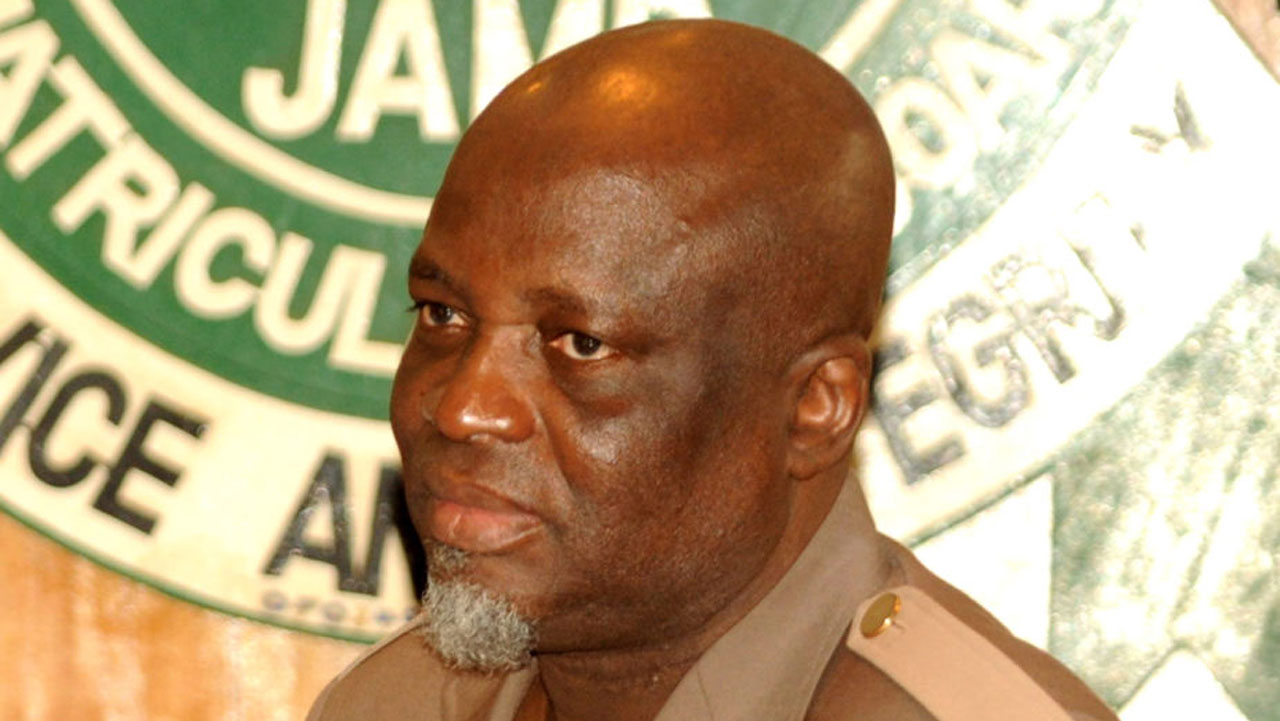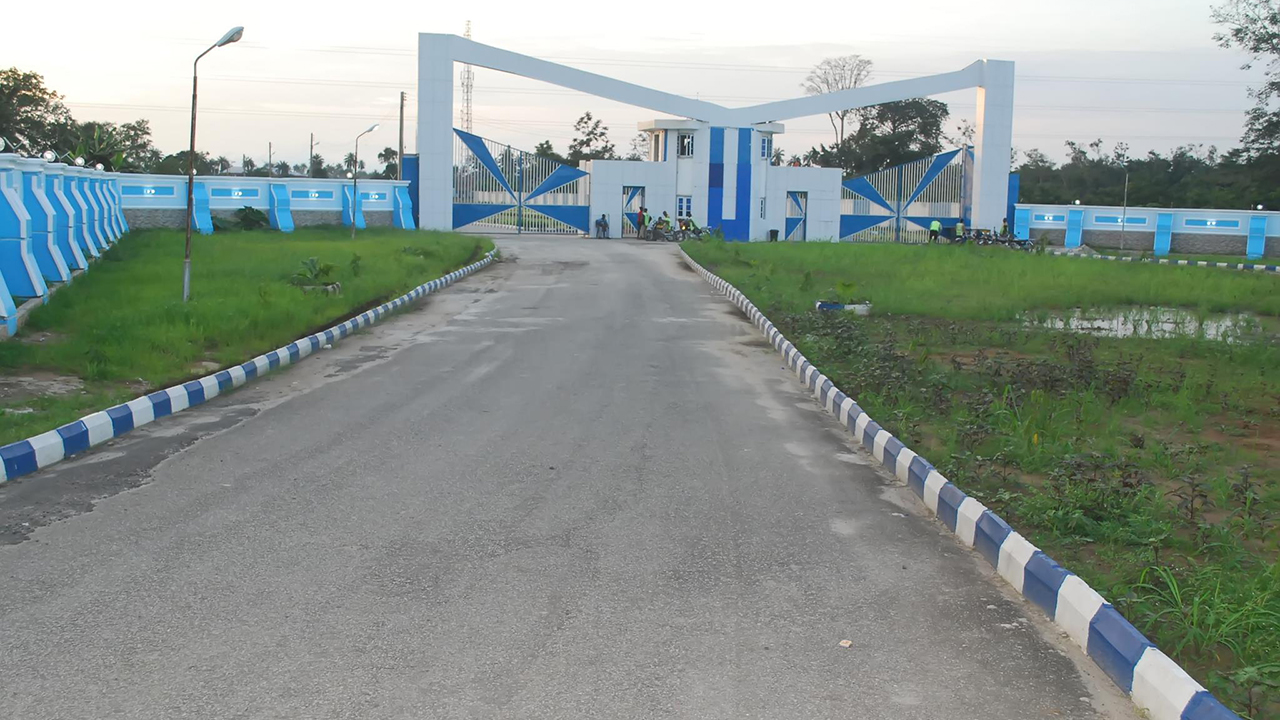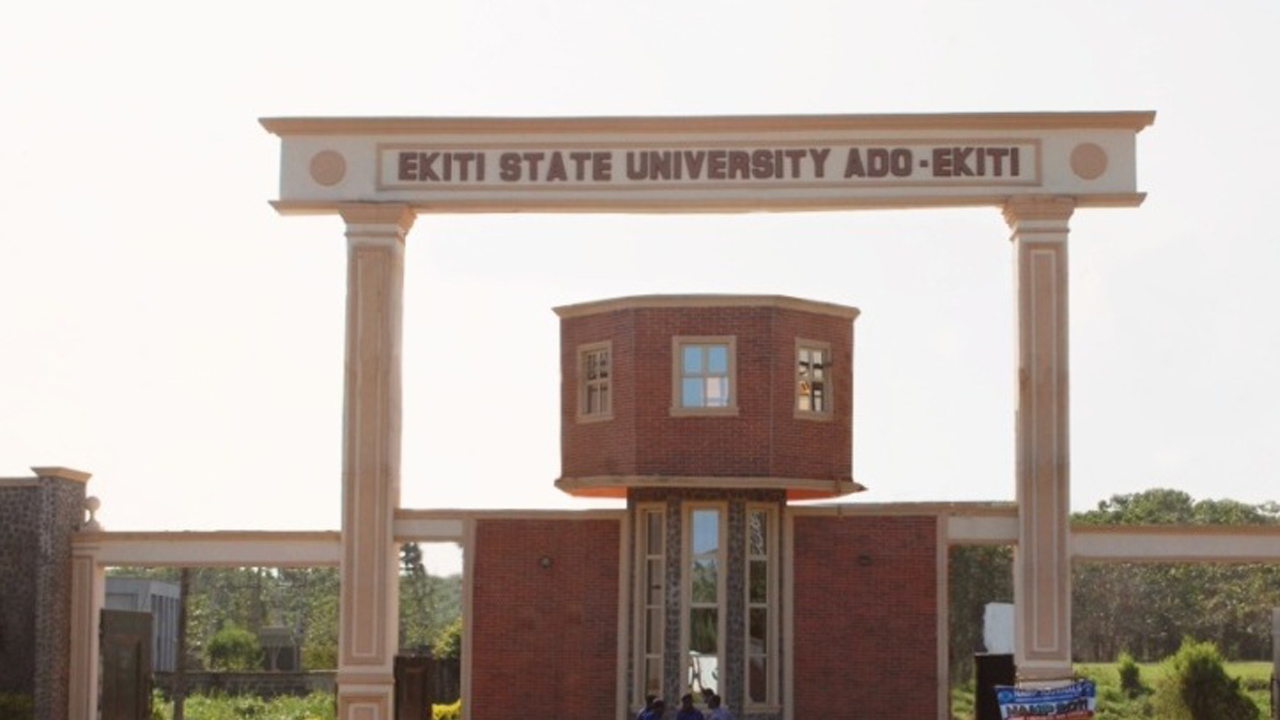The 100-cut-off mark for admission into colleges of education (CoE) may partly address the crisis of empty seats. Still, this benchmark could have long-term harmful effects, especially the further decline of teaching as a profession. The gap between teachers’ crucial social role and their recruitment has widened. In this piece, IYABO LAWAL highlights that only significant investment, regulatory reforms, and professional incentives at each career stage will improve the sector’s outlook.
The ongoing controversy over the 100 out of 400 Unified Tertiary Matriculation Examination (UTME) benchmark for admission into colleges of education (CoEs) highlights a central concern in the country’s education policy.
This decision, made in July 2025 by the Joint Admission and Matriculation Board (JAMB) and stakeholders, established a lower entry threshold for COEs and polytechnics at 100, while the cut-off for universities rose to 150.
Expectedly, this development has generated varied reactions, with those in support of the idea viewing it as a way to address the under-enrolment plaguing these institutions, while critics argue that the move will worsen the country’s teacher quality crisis.
To assess the actual impact of this benchmark, it is necessary to consider enrolment trends, teacher quality, CoE status, funding, professional incentives, and international standards.
The outcome, in summary, is that without broader reforms, the benchmark risks will worsen current weaknesses, just as focusing only on access and quotas will not suffice. Indeed, only a broad, standard-driven commitment can transform the sector.
The July 2025 policy meeting, convened by JAMB and attended by vice-chancellors, Rectors, and Provosts, reaffirmed a 100/400 cut-off for colleges of education, equating to just 25 per cent achievement on the standardised national entrance exam.
While individual institutions retain the right to set higher internal cut-offs, most CoEs have accepted this minimum in recent years, viewing it as their only hope of filling thousands of vacant seats.
The rationale, as stated in JAMB policy announcements, is straightforward: to expand access and prevent costly educational seats from going empty amid rising competition for university spots.
This sense of desperation has roots in glaring, data-driven realities. For instance, in 2025, only about 24,069 out of over 1.76 million UTME candidates (less than 1.4 per cent) listed CoEs as their first or second choice, despite the more than 150 accredited CoEs across the country.
The corresponding figure for 2021 (15,747, or barely 1.2 per cent of 1.35 million applicants) showed a marked and persistent trend.
While Nigeria’s 152 CoEs, including 21 federal, 49 state, and 82 private institutions, have a collective capacity for hundreds of thousands of students yearly, actual enrolment figures show massive under-utilisation: some private CoEs reportedly admitted less than 10 students in a year where their quota exceeded 1,000.
Federal and state CoEs, although comparatively fuller, regularly fall dramatically short of targets. A case in point is the Hill College of Education in Nasarawa State, which had just 80 applicants versus a quota of 1,480, and admitted only 74.
In some cases, admission offers have outnumbered even the number of active applicants.
While the drop in CoE popularity is particularly acute among private colleges (in 2021, some could only attract a total of 177 candidates for over 17,000 available spaces), the malaise is widespread across the sector.
Repeated reductions in entry standards, institution-wide admission marketing, and a focus on headcounts over quality have become the norm among administrators, with CoE provosts typically advocating for the lowest permissible cut-offs at policy meetings.
In the words of the Executive Secretary of the National Commission for Colleges of Education (NCCE), Prof Paulinus Okwelle: “The sub-sector is in A shambles,” with an acute need for “overhauling and repositioning to fulfil its mandate.”
Statistical evidence gives further context to the decline in applicants’ interest. Between 2018 and 2023, especially in the South-East, enrollment into Nigeria Certificate in Education (NCE) programmes dropped alarm- ingly.
Major CoEs in Anam- bra, Enugu, and Ebonyi States experienced a decline in applicant numbers from 320–500 per year in the early 2010s to below 100 (sometimes as low as 83) by 2019–2023.
This pattern echoes nationally. There are currently over 219 recognised NCE-awarding institutions, including CoEs and affiliate programmes, yet the total number of newly admitted NCE students yearly is only a fraction of the system’s capacity.

The dilemma has grown so acute that in recent policy discussions, attracting basic compliance with quotas, rather than excellence, has become the prevailing focus.
At the heart of the debate over the 100/400 benchmark is a deeper, more troubling issue: the progressive erosion of quality at every stage of Nigeria’s teacher training and deployment pipeline.
The teaching profession, once a prestigious calling in the country, is now typified by widespread reports of underqualified entrants, inadequate training, weak professional development structures, and an overall decline in societal status.
Input deficiencies begin with admissions. A 25 per cent UTME score (100/400) is widely seen as fundamentally at odds with the life-changing responsibilities eventually assigned to teacher-trainees: shaping young minds and stewarding future generations.
The benchmark, many argue, converts teacher preparation into a “last resort,” a fallback for those unable to secure places elsewhere or lacking in motivation and aptitude.
This is not merely a theoretical concern; it is a practical one. JAMB’s analysis shows that for many candidates, CoEs are chosen only after their university and polytechnic aspirations fail, not out of a calling to teach.
Training processes themselves are also compromised as data from the World Bank and the federal government audits repeatedly highlight a lack of rigour and outdated methods in CoE curricula, poor instructional materials, and frequent absenteeism among poorly supervised trainees and staff alike.
The 2022 National Personnel Audit by the Universal Basic Education Commission (UBEC) reported that 67.5 per cent of teachers in public schools, and 85.3 per cent in private schools had not attended in-service training in the five years preceding the audit (2018–2022).
Another study highlighted that more than 39,000 additional teachers are needed yearly to maintain the Universal Basic Education system through 2020, and that nearly one million new primary school teachers will be required in the next several years for Nigeria to bridge its foundational education workforce gap.
A lack of resources and regulatory oversight further hampers quality assurance. Inadequate salaries, poor facilities, insufficient professional and instructional support, and delays in certificate issuance all combine to make teaching an unattractive and unstable career.
Chronic funding shortfalls accentuate every weakness: the NCCE estimates that reforms needed to bring the system up to 21st-century standards would require an investment of N465 billion, far exceeding present realities.
Indeed, a 2024 report found that the government’s education spending, at N1.54 trillion (6.39 per cent of the total budget), fell significantly short of the United Nations’ recommended allocation of 15–20 per cent for education.
The result: teacher shortages, high attrition (with some states such as Ebonyi reporting a 17.5 per cent exit rate), and student-teacher ratios far above optimal benchmarks (frequently exceeding 1:50 in crowded classrooms).
The downstream effects of low entry benchmarks and poor training are profound. Multiple studies, including World Bank policy notes, have confirmed that teacher quality matters more to student achievement than any other factor at the school level.
In Nigeria, learning outcomes lag significantly behind African and global averages in basic literacy, numeracy, and higher-order skills; student performance assessments often attribute these gaps to teacher competency deficits. These issues typically stem from insufficient subject knowledge and pedagogical training during the pre-service years, which is the domain of COEs.
Teachers in Nigeria are among the least respected and lowest-paid professionals, with starting salaries of around N40, 000 per month for NCE holders, limited prospects for advancement, and persistent delays and failures in salary payment further reducing the appeal of the profession. Poor working conditions, rundown facilities with scant teaching materials, mirror this lack of investment in the sector, while professional demoralisation amplifies the crisis.
Unsurprisingly, qualified teachers often seek alternatives, such as moving into better-paid jobs or emigrating where possible.
Another vital impact is on equity and national development. Nigeria’s massive youth population and rapid urbanisation mean that, without competent and inspired teachers, the country will continue to experience skill shortages, poor productivity, and social frictions, all of which are compounded by the production of incomplete or poor-quality educational outputs.
International comparisons further highlight the issue. Even where other low-income or lower-middle-income countries have struggled with teacher recruitment, more selective admission policies into teacher training have correlated with higher learning outcomes and professional respect for teachers.
Despite various government pledges, investments in professional development remain grossly insufficient .

In reality, UBEC acknowledged this is inadequate even to meet the most basic needs, let alone to achieve ambitious educational reforms.
The shortage is particularly acute at the state level. Most states now depend nearly entirely on federal transfers, contributing little of their revenues for teacher upskilling.
The result of this is stagnation. The vast majority of active primary and secondary school teachers have not accessed even a single professional development opportunity in five years.
The National Personnel Audit revealed significant imbalances in teacher deployment, with many rural areas being effectively dependent on lightly trained or temporary staff, and certification delays being common even in urban centres.
International best practices underscore the centrality of merit-based recruitment, substantial pre-service preparation, ongoing professional development, and robust quality assurance mechanisms in teacher education.
In countries with strong educational outcomes, the teaching profession is highly selective, attracting high-achieving secondary graduates and maintaining rigorous training standards.
For example, Finland, consistently ranked among the world’s top education systems, accepts only the top 10 per cent of high school graduates into teacher training programmes, subjecting them to rigorous interviews and teaching demonstrations.
Singapore, another global leader in education, recruits teachers from the top 30 per cent of their cohort and offers starting salaries that are competitive with those in engineering positions.
Even Nigeria’s neighbours maintain significantly higher standards. Colleges of education in Ghana require an aggregate of 24 (60 per cent) in the West African Senior Secondary Certificate Examination (WASSCE), while South Africa’s Funza Lushaka bursary programme sets a minimum of 50 per cent in matriculation examinations.
In contrast, Nigeria’s system, by design and necessity, has adopted an almost inverse approach over the past decade.
While the World Bank highlights merit-based recruitment, relevant development, enhanced training, and improved working conditions as essential for achieving lasting quality, experts recommend raising entry and graduation standards, and simultaneously improving teacher investment, incentives, and working conditions.
A lecturer at Tai Solarin University of Education, Desmond Olusesi, advocated the realignment of CoE admissions policy with clear performance and motivation criteria.
This, he noted, is a shift away from the current practice of admitting virtually anyone who meets the minimum UTME score.
On his part, education consultant, Dr John Udeh, noted that entry should consider aptitude, subject-matter strength, and, crucially, a proven interest or passion for teaching.
Dr Toun Olaoye, of the Department of Adult Education, University of Ibadan (UI), said policymakers must address salary and working condition gaps, clarify professional advancement pathways, and ensure that all teachers (current and future) have regular access to skills reinforcement and retraining.






